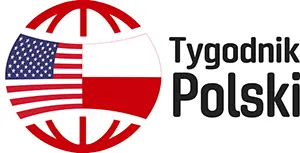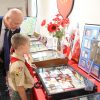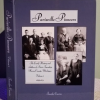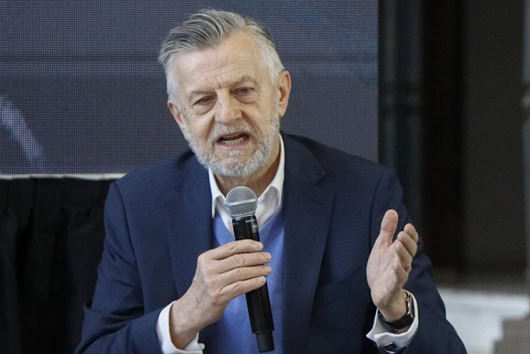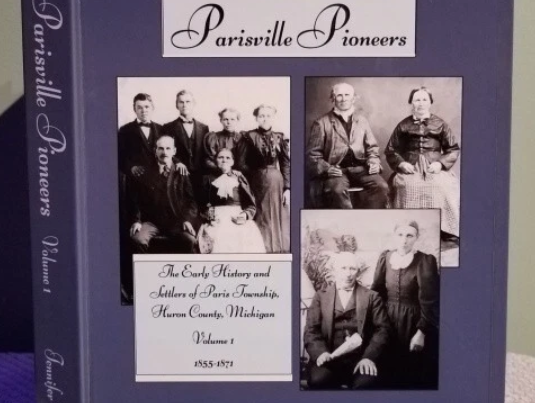My name is Dariusz Klepko, a proud member of the Polish American Numismatic Society, Friends of Polish Art, Polish Army Veterans Association of America, and other Polonia organizations. I am honored to present this historical exhibit. Our display commemorates two profoundly important dates: Veterans Day, November 11, in the United States, and the 107th anniversary of Polish independence (1918–2025). This exhibit showcases a diverse range of numismatic artifacts, medals, stamps, and images that highlight Poland’s brave history of struggle for freedom and its rebirth after World War I.
Key Figures of Polish Independence (1918) are depicted on coins and medals.
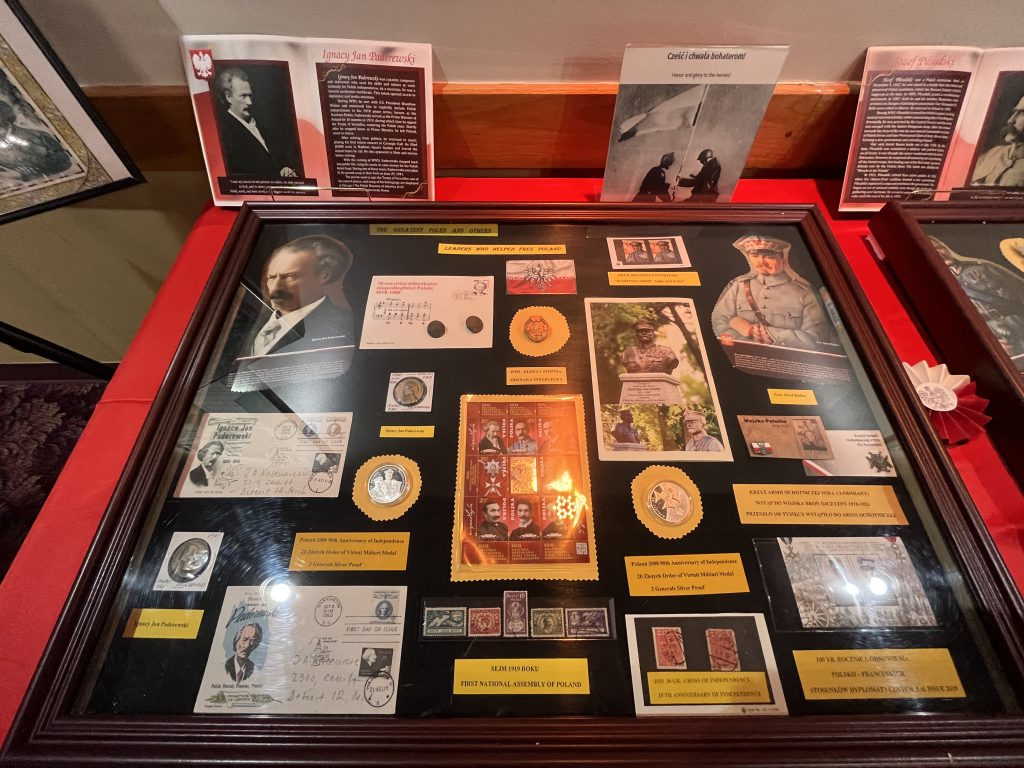
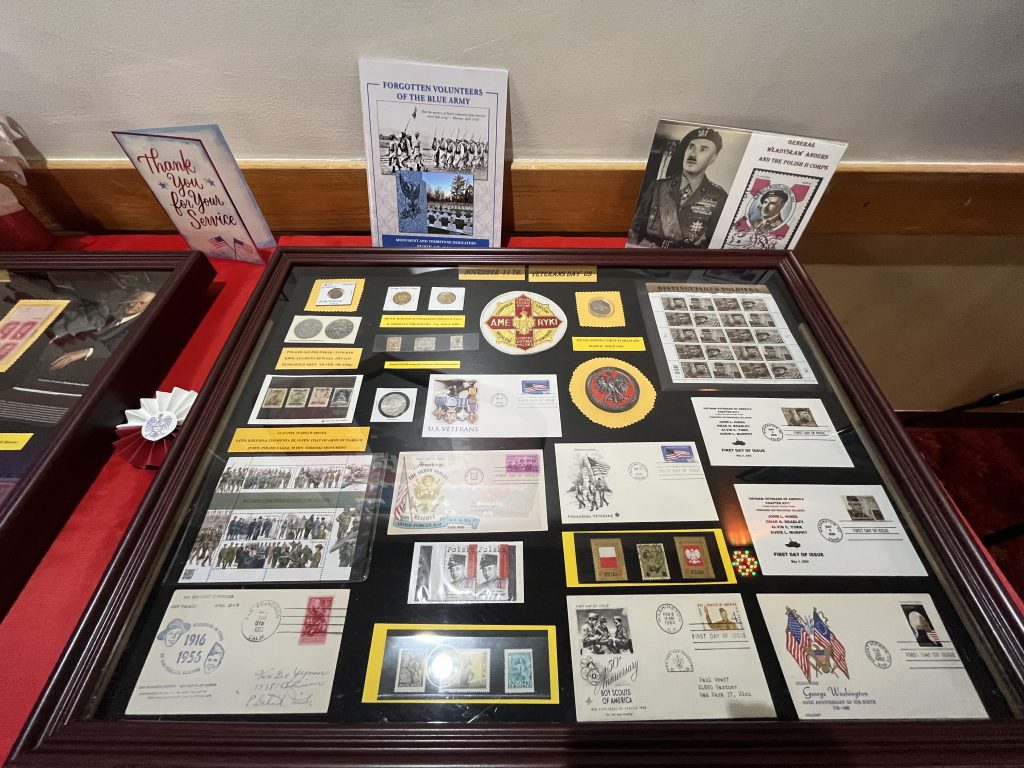
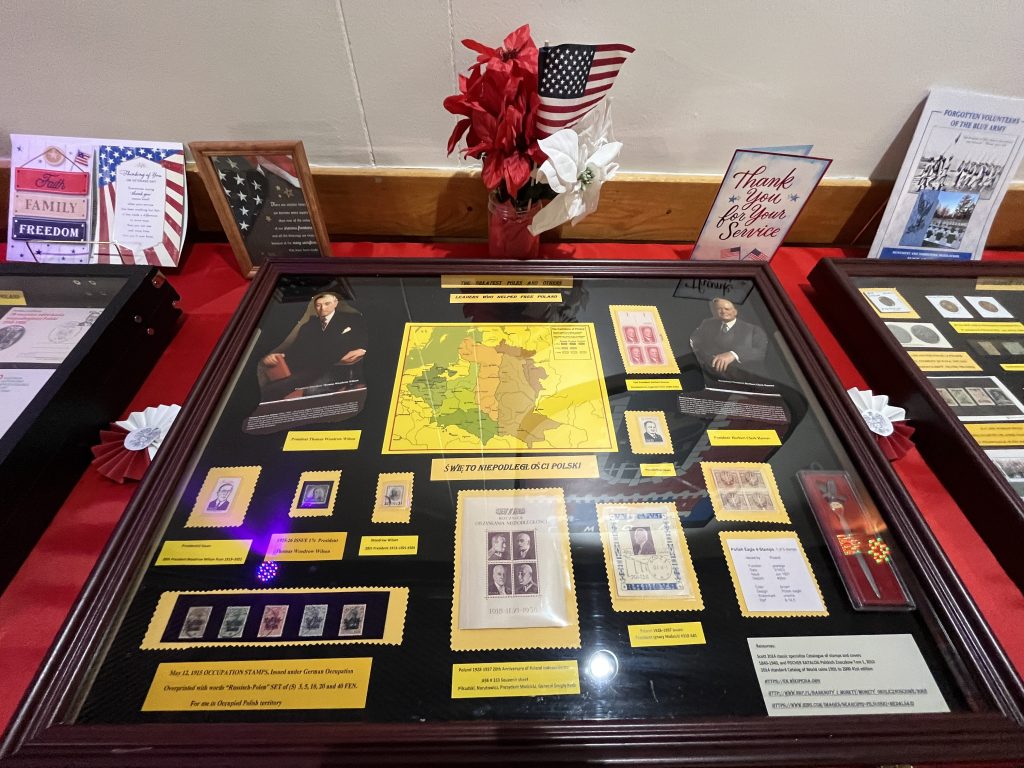


My collection emphasizes the contributions of key figures often referred to as the Fathers of Polish Independence.
Polish statesman Ignacy Jan Paderewski, a renowned pianist, philanthropist, and politician, played a vital role in securing American support for Poland’s liberation. Paderewski made his American debut in 1891 in New York City, netting $100,000 from over 100 concerts.
Another key figure honored is the first Marshal of Poland, Józef Piłsudski, a military leader who played a crucial role in the independence movement, and is prominently featured on several coins:
- The main years of issue include:
- 1934-39: 2,5, and 10 zlotych coins, featuring his portrait on the obverse.
- 1988: He also appeared on a 50,000 zlotych commemorative coin issued during the Polish People’s Republic period.
- The 20 zloty coin from 2008, commemorating the 90th Anniversary of Independence, features the portraits of three generals who fought for Poland’s freedom: Józef Haller, General Tadeusz Rozwadowski, and Józef Dowbor-Muśnicki.
The exhibit also features artifacts highlighting key international supporters from America. The display features the 1925 17-cent stamp, which depicts President Woodrow Wilson, along with two others from 1938 and 1986, as part of the presidential series that showcases his portrait. The Fourteen Points, endorsed by the Allies in the spring of 1918, were a war goal that included Poland’s independence. Pictures of other key international supporters, such as President Herbert Hoover, are also included, leading massive humanitarian relief efforts for Poland on two separate occasions after World War I and again after World War II.
John Paul II is featured on many commemorative coins, medals, and stamps from various countries he visited, particularly the Vatican and Malta, which are on display in “The Fight for Freedom in the 20th Century.”
Pope John Paul II, born Karol Józef Wojtyła, was a Polish priest, bishop, and cardinal who served as the head of the Catholic Church from 1978 until 2005. His contributions to Poland’s independence movement in the late 20th century were highly significant in bringing about the end of Communist rule in Poland.
John Paul II continued to support the movement throughout the 1980s and played a key role in Poland’s peaceful transition to democracy in 1989. His legacy continues to inspire people globally to fight for freedom and justice.
Military Valor, Decorations, and Stamps
A crucial section of the display is dedicated to the bravery and sacrifice of Polish soldiers.
- The Virtuti Militari is Poland’s highest military decoration. Established in 1792 by King Stanisław August Poniatowski, it is awarded for acts of heroism and valor.
- Recipients featured in the exhibit include General Józef Piłsudski, General Józef Haller, General Tadeusz Rozwadowski, General Anders, and Józef Dowbor-Muśnicki.
Our commemoration of Veterans Day is enhanced by World War II artifacts, including the uniform of the soldier Jakub Holowinski from the 2nd Polish Corps commanded by Lieutenant General Władysław Anders. The Corps fought with distinction in the Italian Campaign, notably at the Battle of Monte Cassino. King George VI visited General Władysław Anders on July 26, 1944, at the Castiglione del Lago airfield in Italy.
During his visit to the British 8th Army in Italy, King George VI was introduced to officers of the 2nd Polish Corps by General Anders.
The primary British awards Polish soldiers were eligible for included medals on display:
- The 1939-45 Star
- The Italy Star
- The Defence Medal
- The War Medal 1939–1945
In addition to these British medals, Polish soldiers received Polish decorations from the Polish Government-in-exile, the most notable of which, for their actions in Italy, was the Monte Cassino Commemorative Cross(established later). General Anders himself received high Polish and British honours throughout the war, including the Polish Virtuti Militari.
The King’s visit served as a morale booster and a personal recognition of the Polish II Corps’ significant contributions, particularly in the recent Battle of Monte Cassino.
Also displayed is the 1945 Victory World Peace Medal, marking V-E Day (May 8) and V-J Day (September 2).
The display also includes the First provisional Polish Stamps overprinted with the surcharge of 1918 5, 10, 25, and 50 fenig stamps, which feature the statue of Sigismund III, who was both the King of Poland and the King of Sweden. Edit also for the display 1625 Poltorak 3 Polker silver Coin used during the 17th century. The first provisional stamps were issued by the newly established Polish Ministry of Post and Telecommunications in Warsaw on November 17, 1918. The exhibit contains maps that illustrate the historical context of Poland’s borders and the establishment of the Second Polish Republic.
This exhibit is a testament to the bravery and sacrifice of the Polish people who fought for their independence. It is a reminder of the importance of freedom and democracy. The defense of liberty requires persistent courage, whether demonstrated through military heroism or diplomatic action. Please remember and pray for all those who were fighting for our freedom, paying the highest price, their own life.
Thank you.
Dariusz Klepko
